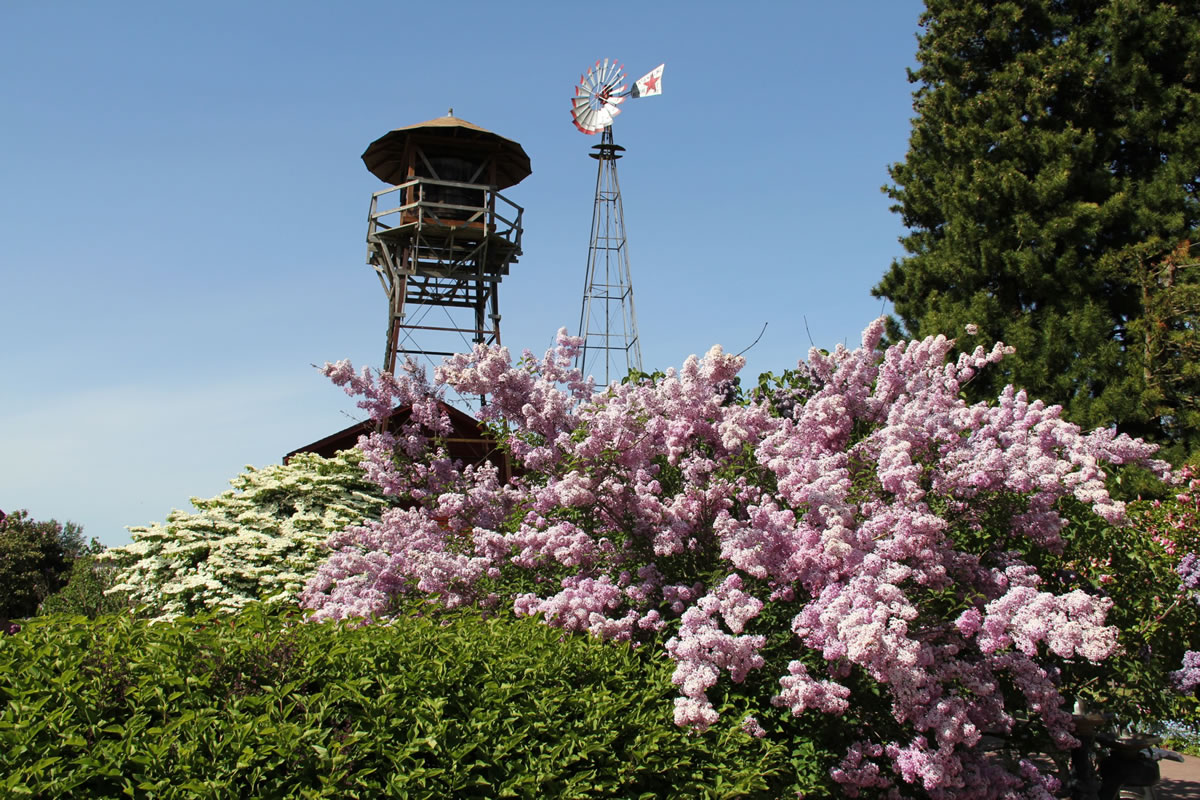Instead of tearing out that overgrown rhododendron, this may be the year to practice your pruning techniques. Established rhododendrons can be quite lovely plants, especially when trained as a small tree. Take the time to limb branches from the bottom up. Limbing simply refers to cutting the branches off with a pruning saw where they connect to the trunk or another main branch. Thin out higher branches for an open, airy look.
After pruning, plant a trustworthy ground cover such as variegated pachysandra at its feet. When adding plants beneath a rhododendron, it’s best to do so along the plant’s dripline. A dripline refers to the outer limit of a plant’s branches and foliage. This is the point where rain would drop off the outer leaves and fall to the ground. Small rootlets on most trees and shrubs reach out to this point to take water up into the plant. Digging a hole too close to the plant’s trunk will cut into the root system, which is close to the surface of the ground.
Unless your rhody is blocking a window or overgrowing a small space, it is usually worth the effort of pruning. You then have to live with this makeover for at least a couple of seasons. If you still like the look when autumn returns, you will find the open space around the rhody’s perimeter to be a perfect spot for spring blooming bulbs. Small daffodils such as “Tete a tete” will find this situation quite to their liking. Another good groundcover would be dwarf Mondo grass. Its dark green, strap-like foliage grows in clumps and multiplies readily. Kyoto is cute, smaller than the species. Mondo grass is hardy and truly low maintenance.
Eye on color
Few things affect the overall look of a garden as much as color. When we describe a garden we’ve visited, we comment on the flowering trees or the wonderful daffodil meadow. What we see in our mind’s eye are the colors. Used effectively, color can help invoke any feeling we choose. Most of us learn by trial and error. This is actually a fine way to learn, since the garden is a forgiving master. What we don’t get right this year will not be held against us. Next year, spring will come back, bringing another chance to try again.



